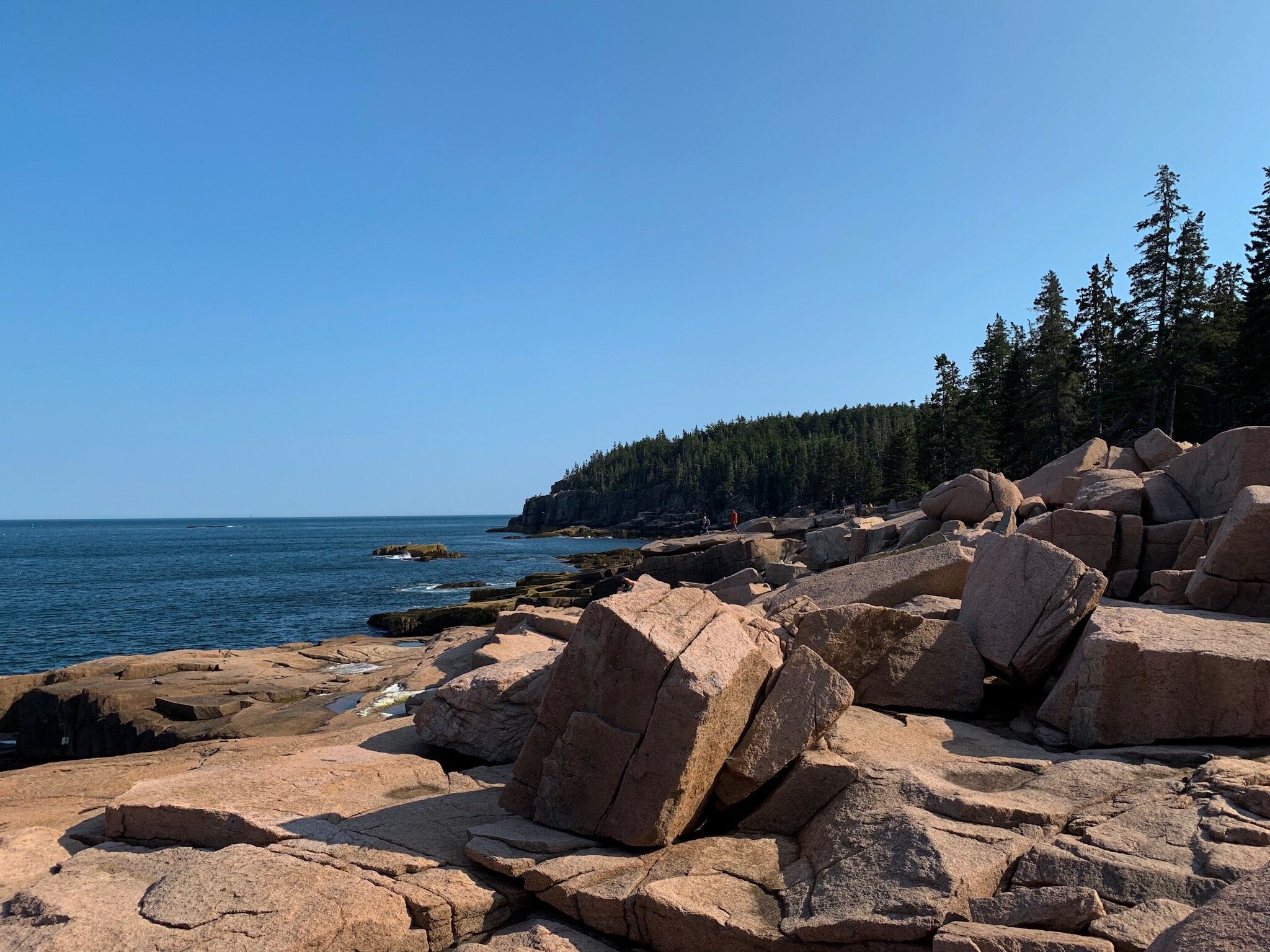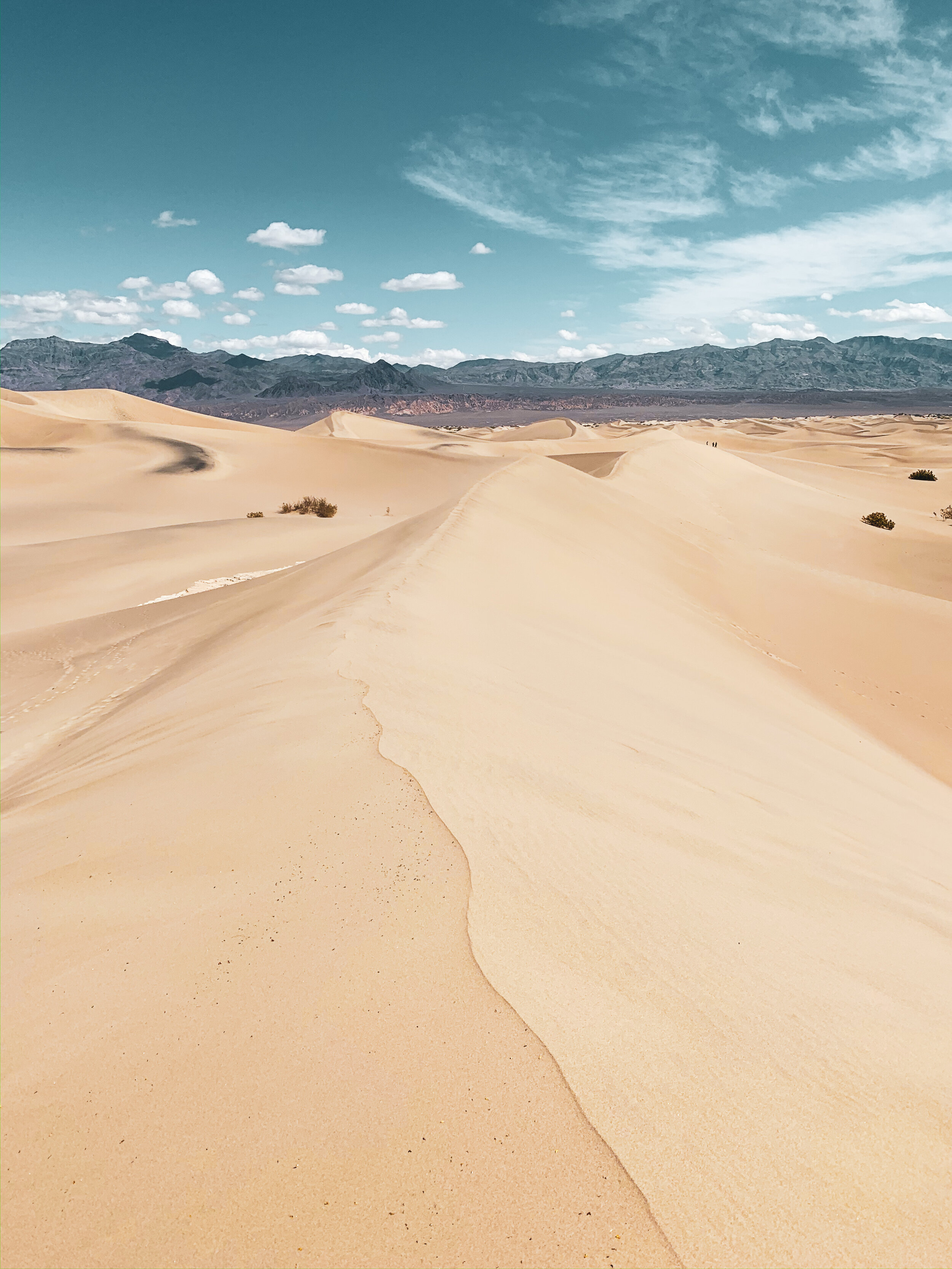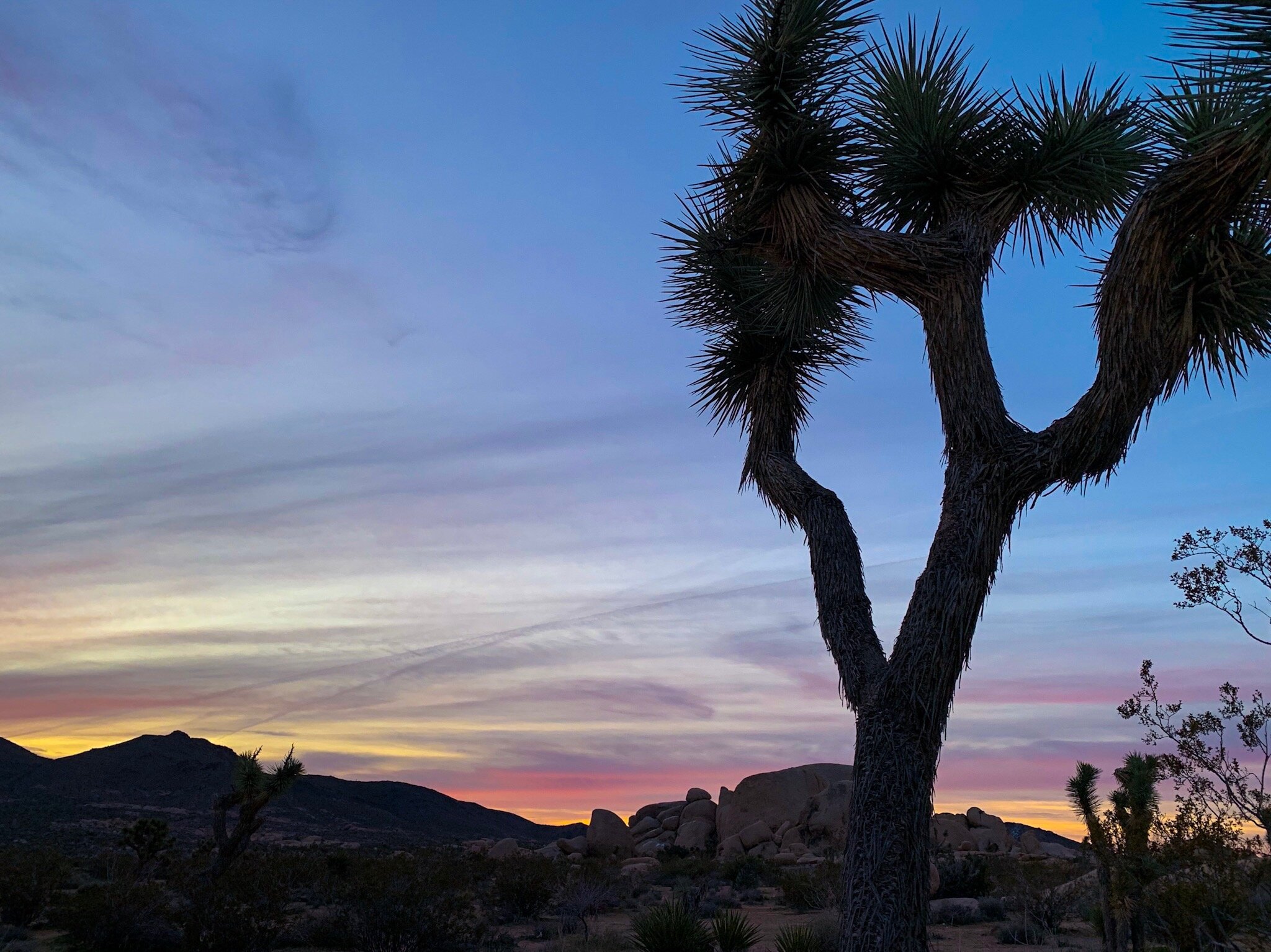Today is the first day of summer, and road travel is on the upswing. As someone who lives on the road full time, I’ve definitely started to notice more and more RVs, people with out of state license plates, and families out at the National Parks and on major highways. People are starting to travel again whether you like it or not, but for those of you who haven’t hit the road yet, here’s what you need to know before you embark on your summer road trip.
Disclaimer: this post may contain affiliate links
Curious road trip attraction in Anza Borrego Desert State Park, California
Be Considerate
I’m still not necessarily encouraging high risk travel, but the fact is, people are starting to travel no matter what. So, if you’re hitting the road soon, make sure that you’re considerate of those in small towns who might not have the resources that your home city might have. If you can avoid actually stopping in these smaller towns, that would be great, but if you have to, make sure you’re as considerate as possible, wear a mask, and come having already been isolated for 14 days if possible.
Big Sur, one of the most popular coastal stops along the Pacific Coast Highway in California
Prepare for waits at the National Parks
Many of the National Parks have reopened officially since the pandemic, however, many of them are receiving enormous crowds of visitors. Parks like Yellowstone and Zion are particularly crowded, and parks like Yosemite and Rocky Mountains are requiring timed entry reservations prior to arrival. It’s important to keep these things in mind, and check the NPS website for the park you’ll be visiting before even leaving home in case there are extra steps you need to complete before you arrive.
Have questions about a National Park you’re planning on visiting this summer? Click below for personalized road trip planning help!
Yellowstone National Park, one of the most popular reopened parks in the Lower 48
Bring clothes for both warm and cold weather
Believe it or not, many parts of the country are not in full-on summer yet. Lots of the northern states are still experiencing temperatures that dip into the 30s (F) at night, and even some deserts in the southwest might have cooler evenings. It’s important to have a road trip wardrobe that reflects any weather changes you might have so that you don’t need to make unnecessary trips to the store (let’s avoid having lots of contact with towns that aren’t our own!).
One of my favorite travel-inspired clothing companies is The Wanderful Soul. It is a female-owned company here to inspire that wanderlust, with everything you need for both hot and cold weather. Check out her shop at the button below and use code HALLE for 15% off.
Glacier National Park in the summer
Do your research
In many areas, not just National Parks, visitor centers are remaining closed for the time being due to understaffing. While this might be frustrating, it’s also a great opportunity to get to know your dream destinations beforehand, by checking the park website, or talking to people who know the area well. This can make trip planning incredibly fun, and give you something to look forward to if your road trip isn’t for a couple months. It’s also a crucial step when it comes to safety and preparedness this summer, since not all areas you’ll want to visit will have someone for you to ask questions to.
Trip planning is my specialty! For a chance to talk to me one on one before your trip, check out my Patreon at the button below!
Bryce Canyon National Park is one of the few National Parks with an open visitor center currently
Keep your family safe from the sun
This summer, no matter where you’re going, it’s important to keep your family safe. Even if where you’re headed is somewhere fairly cold (like Glacier National Park), it’s crucial to note that cold places still get sunny. Using eco friendly sunblock is important if you’re going anywhere near the ocean (so that you don’t damage the sea life), and wearing a hat and sunglasses is important for any adventure.
My favorite sunglasses company by far is Tifosi Optics. They’re a sports-based company that makes sunglasses meant to stay on your face during any adventure. As a hiker, they’ve been a lifesaver over the past few years. Get your own by clicking the button below!
Rocking those Tifosis in Joshua Tree National Park, CA
Bring Plenty of Water
Something that we’ve found lately since being back on the road officially is that a lot of water taps are still turned off for sanitary reasons. For any road trip ever, you shouldn’t leave without a few gallons of water for emergencies, but it’s even more important this year when things are still so uncertain. Especially if you’re heading somewhere hot, water is the number one ingredient to making sure you stay safe!
My favorite view in Acadia National Park, ME
Know Your Route
Download your maps on Google Maps, bring a paper map, know the highways you need to take, before heading out into the unknown. Normally, it’s easy to just pop into a gas station and ask for directions, but with so many small towns not welcoming strangers this year, it’s important to be as prepared as possible so that you don’t bother anybody who doesn’t want to be bothered.
Valley of Fire State Park, NV
Planning a road trip can be hard and stressful, especially if this is a last minute plan, or your first time planning a trip like this. With so many international trips cancelled, many Americans are looking at the classic American road trip as a way to still get their family vacations this year, but it’s a much different type of travel than anything that involves a plane.
If you don’t know where to start, don’t have time to do the research, or simply want to speak to someone for reassurance, know that road trip planning is my specialty. It’s what I love to do, and I want to help you to get out on the road, faster, and easier. I’ve recently set up a service, through Patreon, that will allow you to get on the phone with me and discuss your road trip plans. I can do research for you, answer any questions, and help you get on the road with confidence. Click the button below to get started!




































































